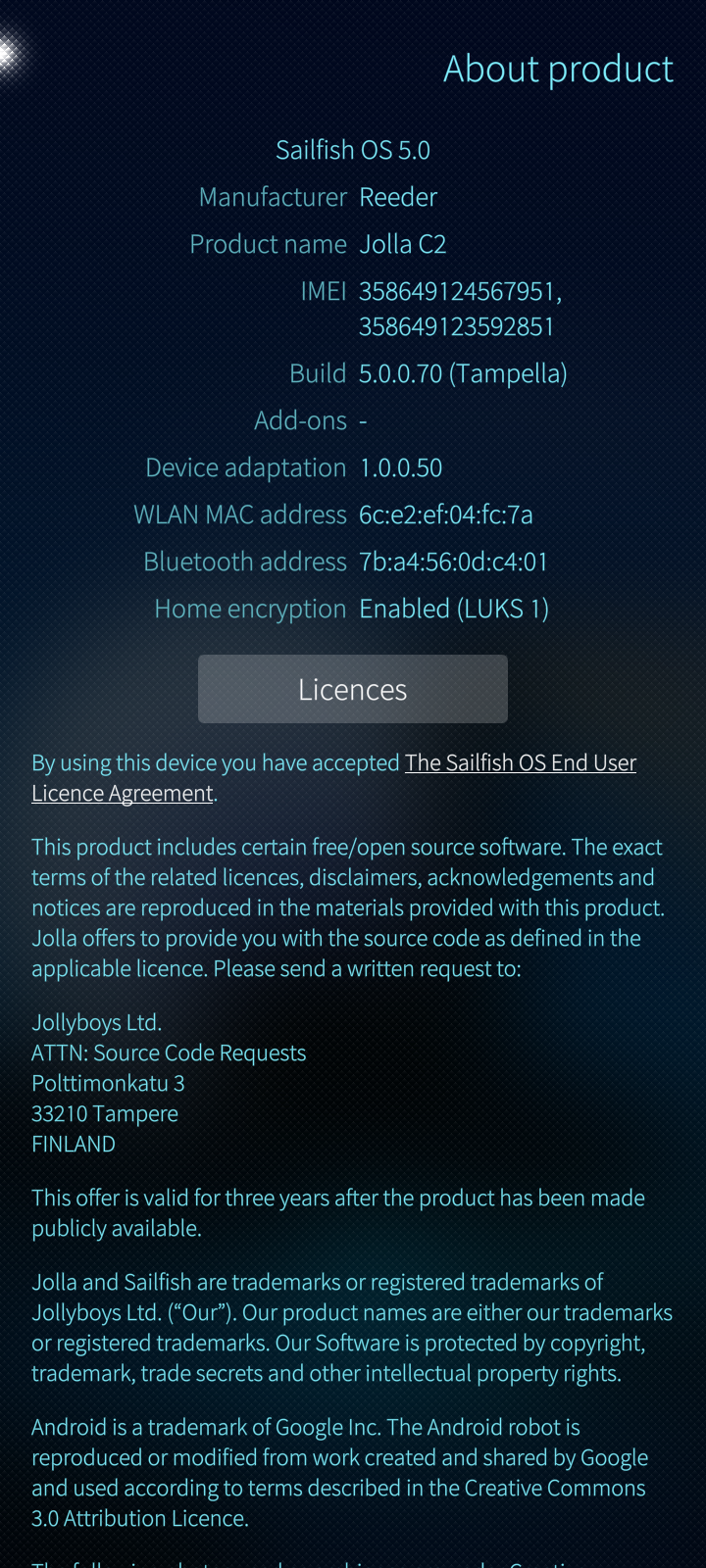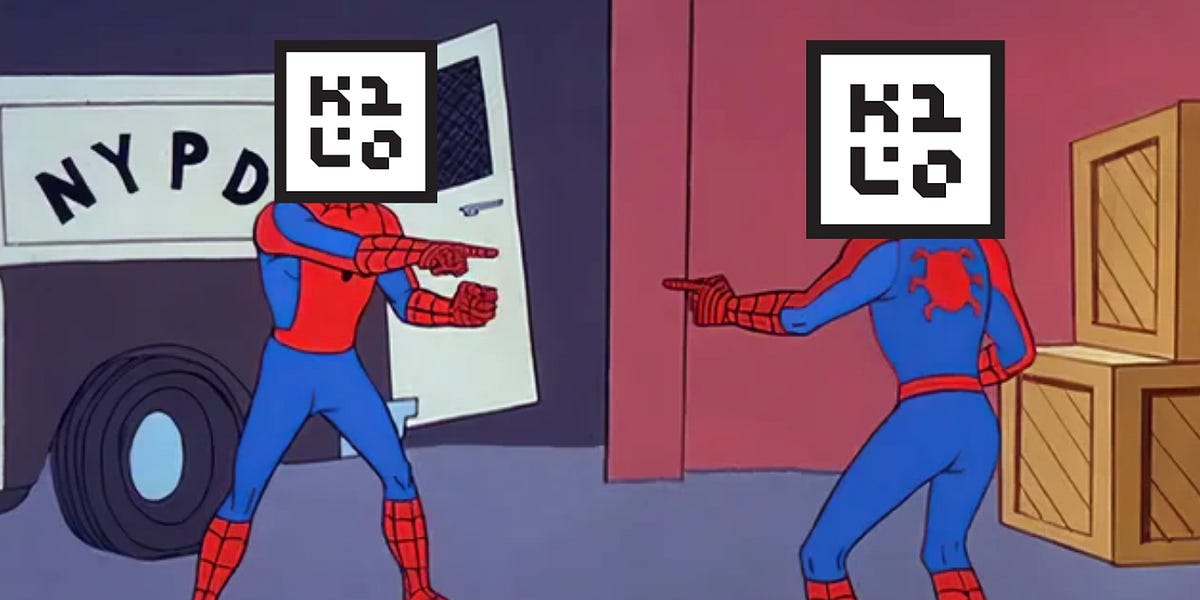As someone who cut their teeth on Maemo (the N800/N900 still live in my basement) and carried the first Jolla dev device, I like to pull out my SailfishOS phones every few months to see how things are progressing. Here’s where I’m at in September 2025:
1. Opportunity Window
With Google now planning to block sideloading of unverified Android apps, the walls are closing in on openness (Ars Technica). This change will require all developers, even those outside the Play Store, to verify their identity before distributing apps (Android Authority). It is a move that further centralizes control of mobile ecosystems under Google.
Alternative Android projects such as GrapheneOS are watching closely, and discussions reflect concern about how restrictive or permissive the enforcement will be in practice (GrapheneOS Forum).
There are also problems around app signing and verification. Google’s Play Integrity API (the successor to SafetyNet) is already raising concerns for independent developers and open source communities (Wikipedia).
This creates exactly the kind of disruption that opens a window for something truly alternative, like a Linux mobile OS, to step in and compete.
2. UI/UX Still Shines
The gesture-driven interface remains unmatched. It is elegant and smooth, easily the strongest part of the OS.
3. Keyboard Woes
The default keyboard is still clunky and unpleasant to use. Something this basic should not be a barrier.
4. App Jails – Security vs. Convenience
I like the new App Jails for security, but the ecosystem is fractured. Too many apps push you to third-party repos, which undermines the whole point.
5. Missing Core Apps
Essential OSS apps like podcasting, Signal, and Matrix are absent or half-baked. I have long argued that Jolla should double down on being the Fediverse phone. A partnership with someone like Proton could offer a secure enclave experience that sets them apart.
6. OS/2 Vibes
The ecosystem problem persists: why build native when Android apps “just work” poorly? SteamOS shows it is possible to build an ecosystem that beats the incumbent. Right now, this is not a device I would hand to a non-geek.
7. Reference Hardware
I am still baffled by the C2 being the “reference device.” It does not showcase SailfishOS well. Yes, Xperia support exists, but the next official hardware push needs to be a flagship that highlights the OS.
8. Radio and WiFi Stability
A bright spot: most of the long-standing connectivity bugs are now fixed. Reliability here was long overdue.
9. The Heartache
I want to use this device. I have been on this train since the Sharp Zaurus and N710 days. But it is still not daily-driver material.
Final Reflection
I love operating systems and I enjoy having a geeky device. What is missing for me is a clear value proposition. If that were there, I would buy the fastest Sailfish device available without hesitation.
I have deep respect for Jolla’s mission and the team behind it. I truly hope they succeed, but they need to sharpen the value proposition for both geeks and everyday users.

📌 Context: My earlier thoughts from Nov 2024 are here: Jolla C2 – 2024
.png)




